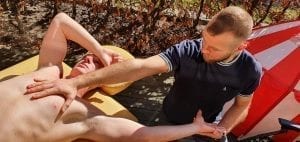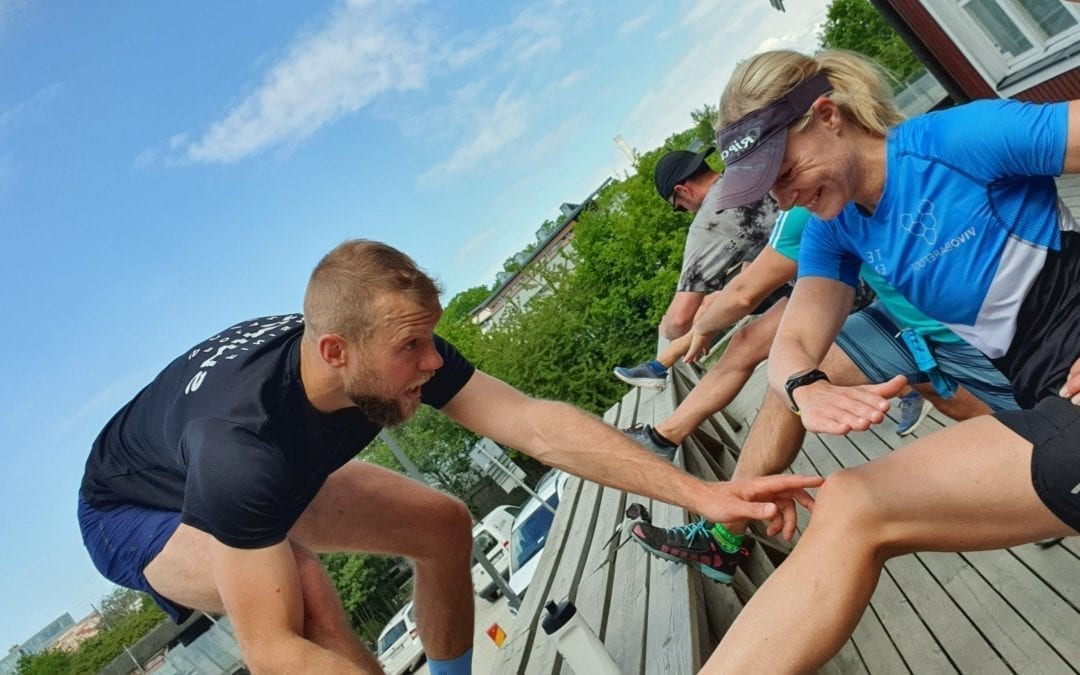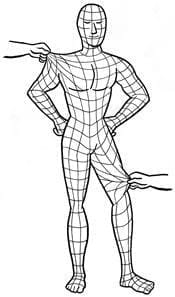“Zoga is a movement concept for everyone who wants to achieve more freedom, awareness of movement and posture in 4D. It challenges all relationships of a human structure to gravity and creates many global and local vectors of movement available in a body.” – zoga-movement.com.
By: Igor Lewandowski – Igisport

Igor Lewandowski treating Nicolas Remires.
There are many approaches to understanding how the human body functions. The Zoga Movement is one of them. The article below is written by Igor Lewandowski, member of Team Envol and passionate physiotherapist.
“Movement can replace almost every drug, but even all drugs taken together cannot replace movement” – this statement was formulated in the 15th century by Wojciech Oczko, doctor of medicine and philosophy, a court physician to Polish kings Stephen Bathory and Sigismund III Vasa. How to take care of your body from the perspective of the 21st century scientific research, and enjoy movement without pain and injury? I will present a theoretical introduction to the Zoga method, a form of exploring the body through movement.
Zoga does not deal with maximizing ranges of motion, but concentrates on enabling balance and proper shearing ability between individual layers of tissue in our body. As a result, we achieve the efficiency of movement and in this way reduce the risk of injury. Research from the Fascia Research Society indicates that movement must take place in every anatomical part of our body. Movement is necessary for fluid exchange, physiological processes and neurological stimulation. The fascia system penetrates and encloses all organs, muscles, bones and nerve fibers, giving the body a functional structure and conditions in which the body can function in a coherent manner.
Fascia is a seamless, continuous and interconnected network that contains and maintains your postural and compensation patterns. It is the most developed of our sense organs. The efficiency of our bodily movements depends, among others, on how efficiently individual layers of the fascia can shear against each other and on the flexibility of the fascia itself. Factors such as stress, work, habits, poor posture, injuries / surgery and sport affect the fascial properties and create places of increased tension, i.e. stiffening. The symptoms are often felt in the weakest place of our body.

Fascia seen through a microscope.
The fascial tissue sends signals to the brain about the position of individual elements of the body in relation to each other. For movement to be registered, individual tissue layers must slide smoothly. Adhesions in the tissues mean that the signals are not sent properly. If our brain “does not see” these signals, they cannot be consciously made use of. By enhancing the body awareness, we are able to register and control any faults in our movement, like stiffening or other unfavorable sensations indicating damage.
Undertaking appropriate action early enough helps reduce the risk of injury and prevent unwanted breaks in training. You don’t have to exercise excessively, just move consciously and be able to understand the signals that your body sends.







